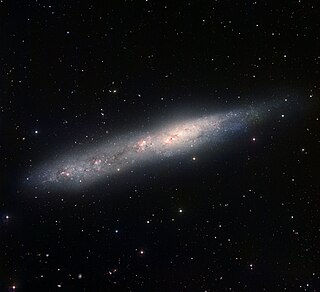
NGC 55, is a Magellanic type barred spiral galaxy located about 6.5 million light-years away in the constellation Sculptor. Along with its neighbor NGC 300, it is one of the closest galaxies to the Local Group, probably lying between the Milky Way and the Sculptor Group. It has an estimated mass of (2.0 ± 0.4) × 1010M☉.

NGC 246 is a planetary nebula in the constellation Cetus. It is the first known planetary nebula to have a hierarchical triple star system at its center. The nebula and the stars associated with it are listed in several catalogs, as summarized by the SIMBAD database. NGC 246 was discovered by William Herschel in 1785.
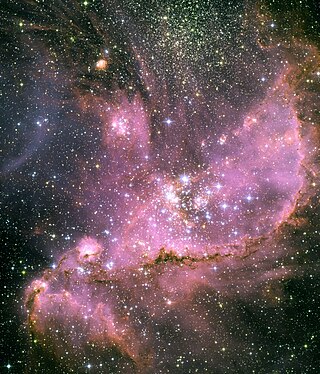
NGC 346 is a young open cluster of stars with associated nebula located in the Small Magellanic Cloud (SMC) that appears in the southern constellation of Tucana. It was discovered August 1, 1826 by Scottish astronomer James Dunlop. J. L. E. Dreyer described it as, "bright, large, very irregular figure, much brighter middle similar to double star, mottled but not resolved". On the outskirts of the cluster is the multiple star system HD 5980, one of the brightest stars in the SMC.
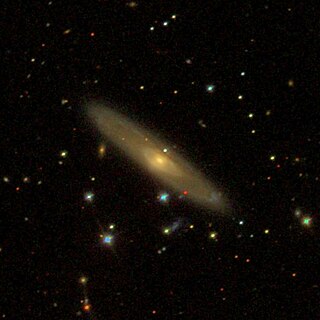
NGC 13 is a spiral galaxy in the constellation Andromeda. It is estimated to be about 220 million light-years away from the Sun. It was discovered on November 26, 1790, by William Herschel.
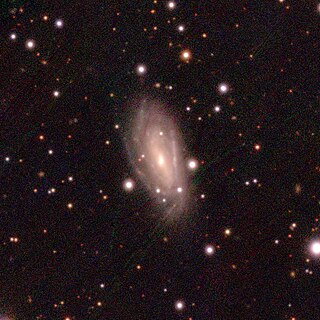
The New General Catalogue object NGC 48 is a barred spiral galaxy located approximately 79.3 million light-years from the Solar System in the constellation Andromeda.

NGC 296 is a low surface brightness unbarred spiral galaxy in the constellation of Pisces. The designation NGC 295 is sometimes mistakenly used for NGC 296.

NGC 371, also called Hodge 53, is an open cluster 200,000 light-years away located in the Small Magellanic Cloud in Tucana constellation.

"Legacy Survey Sky Browser". www.legacysurvey.org. Retrieved 2023-05-19.

NGC 61 is a pair of lenticular galaxies, NGC 61-A and NGC 61-B in the constellation Cetus. Both were discovered on September 10, 1785 by William Herschel.

NGC 210 is a barred spiral galaxy located roughly 67 million light-years from the Solar System in the constellation Cetus. It was discovered on October 3, 1785 by William Herschel and later added to the New General Catalogue.
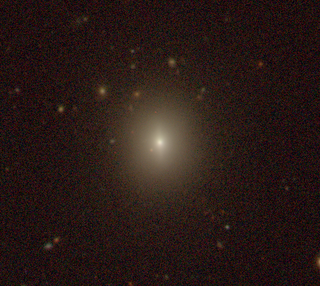
NGC 65 is a lenticular galaxy in the constellation Cetus. Its apparent magnitude is 13.4. It was first discovered in 1886, and is also known as PGC 1229.

NGC 78 is a pair of galaxies in the constellation Pisces. NGC 78A, which is the more southern galaxy, is a barred spiral galaxy. NGC 78B, which is the more northern galaxy, is an elliptical galaxy. Although the designations NGC 78A and 78B are used today, the designation NGC 78 was formerly used mainly for the northern galaxy.

NGC 259 is a spiral galaxy located in the constellation Cetus. It was discovered by William Herschel in 1786.

NGC 304 is a lenticular galaxy in the constellation Andromeda. It was discovered on October 23, 1878, by Édouard Stephan.
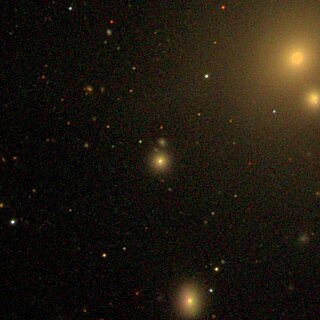
NGC 387 is an elliptical galaxy located in the constellation Pisces. It was discovered on December 10, 1873 by Lawrence Parsons. It was described by Dreyer as "very faint, small, round." Along with galaxies NGC 375, NGC 379, NGC 382, NGC 383, NGC 384, NGC 385, NGC 386 and NGC 388, NGC 387 forms a galaxy cluster called Arp 331.

NGC 410 is an elliptical galaxy located in the constellation Pisces. It was discovered on September 12, 1784 by William Herschel. It was described by Dreyer as "pretty bright, pretty large, northeastern of 2.", the other being NGC 407.
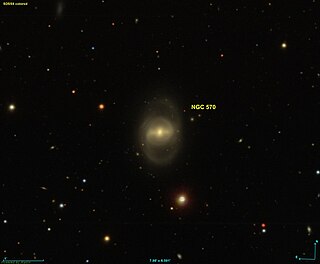
NGC 570 is a barred spiral galaxy. It is located in the Cetus constellation about 250 million light-years from the Milky Way. It was discovered by the American astronomer George Mary Searle in 1867.

NGC 999 is an intermediate spiral galaxy located in the constellation Andromeda about 195 million light-years from the Milky Way. It was discovered by the French astronomer Edouard Stephan in 1871.
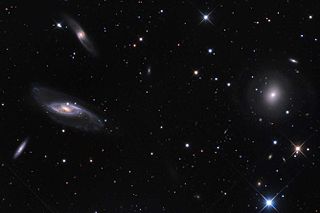
NGC 542 is a spiral galaxy in the constellation Andromeda, which is approximately 215 million light years from the Milky Way. Together with the galaxies NGC 529, NGC 531, and NGC 536, it forms the Hickson Compact Group 10, abbreviated HCG 10. It was discovered by Irish astronomer R.J. Mitchell in 1885.



















